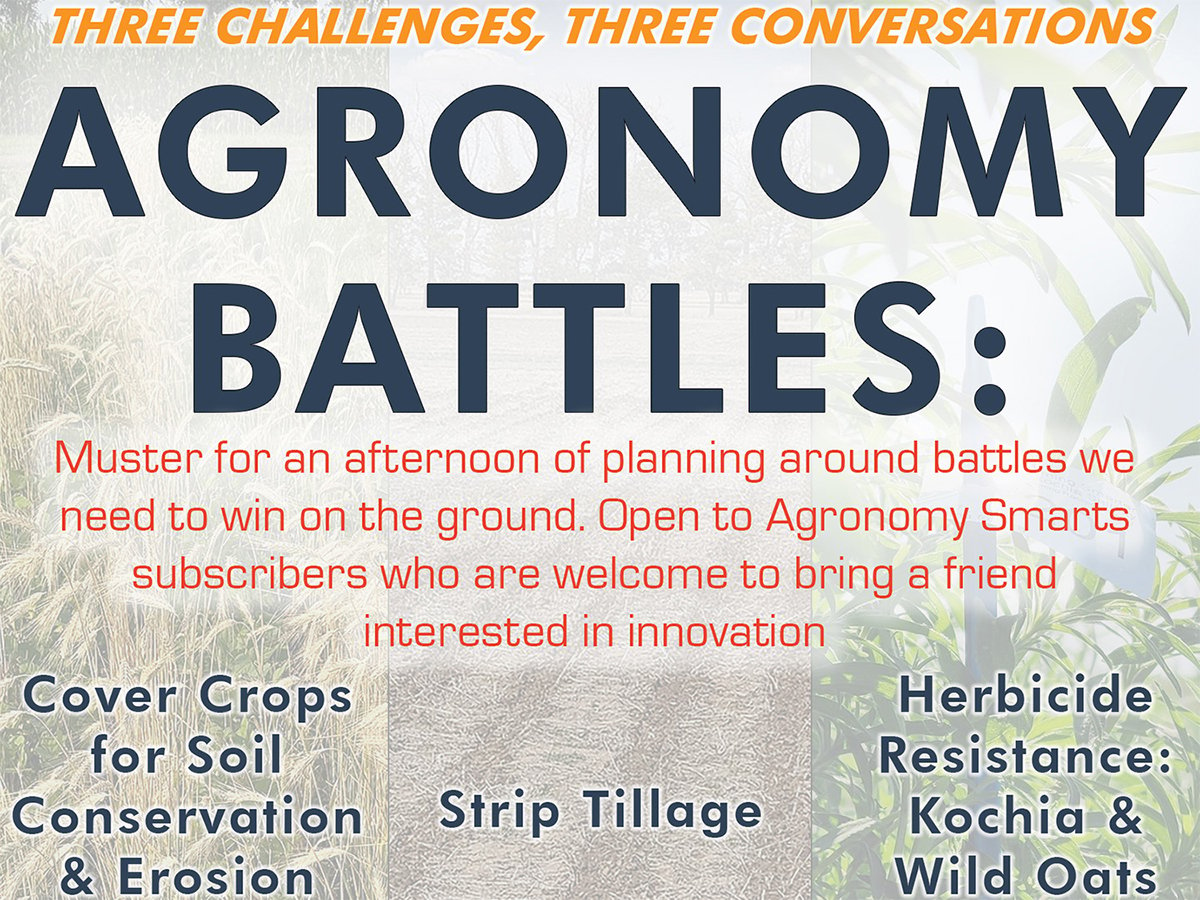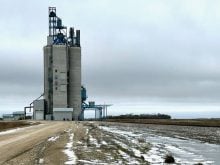NORTH BATTLEFORD, Sask. – Don Young knows the value of water in his Saskatchewan rural municipality.
The councillor for the rural municipality of Eldon said livestock producers, irrigated farms and 3,000 oil wells all use water in their operations.
He is a member of a committee examining the High Gate dam near North Battleford, Sask., a proposal he sees as important to his community’s continued economic development.
The dam was one of numerous storage sites identified in a 1972 study. It would sit across the high banks of the Saskatchewan River northwest of North Battleford.
Read Also

Farming Smarter to hold Agronomy Battles series
Southern Alberta non-profit research institute hope grassroots sessions with producers help focus future research on cover crops, strip tillage and herbicide resistance
Much smaller than the Gardiner dam near Outlook, Sask., this dam would be used to store water and regulate streams. If built, it is expected to displace about 65,000 acres, but dislocate fewer farms than the Lake Diefenbaker project did.
Joan Corneil, director of economic development for North Battleford, feels the dam has great potential for the area and needs a second look.
“It’s time we did something with this,” she said.
The first step is to acquire funding to update the 1972 study to examine current and future water uses, water apportionment agreements and potential water uses for irrigating farmland or hydroelectric power generation.
A conceptual design of the dam and its operations will need to be explored, alongside alternative options to dam building such as pumping stations to divert water to a system of weirs and reservoirs.
The study, which could be completed by 2007, will explore environmental concerns and do cost benefit analyses, said Corneil.
“We’re trying to make this a very inclusive project so we can hear from everybody,” she said.
Lloydminster mayor Ken Baker explained how an abundant supply of good water piped into the city has helped attract industries including oil and gas and ethanol plants.
“Without water, nothing would happen,” he said.
He described how Lloydminster has gone from a town where people had to drill wells to water their lawns in the 1970s to becoming one of the fastest growing communities in Canada today.
“At the end of the day, we need to be concerned about a sustainable supply of water to attract industry,” he said.
“The oil business wouldn’t be surviving in Canada without a good supply of water.”














